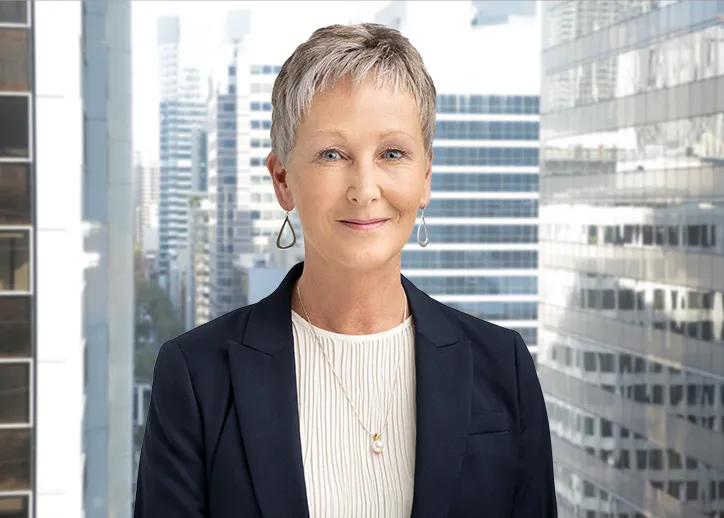Australia’s trade horizon expands with United Arab Emirates agreement
Australia’s trade horizon expands with United Arab Emirates agreement
As an update to our earlier article on the Australia–United Arab Emirates (UAE) trade deal, Australia has now entered a new chapter in its trade relations with the Middle East, following the commencement of the Australia-United Arab Emirates Comprehensive Economic Partnership Agreement (CEPA) on 1 October 2025.
The UAE is Australia’s largest trade and investment partner in the Middle East, and Australia’s 21st largest trading partner globally. The UAE-CEPA builds on this foundation by providing new levels of certainty, improved market access, and the removal of trade barriers.
The UAE plays a central role in the Middle East’s supply chain as a leading re-export hub, enabled by its strategic global location, advanced logistics capabilities, internationally recognised standards and practices, and well-established transportation routes. CEPA also presents a valuable opportunity for Australian exporters to expand and diversify into the wider Middle East, with the UAE serving as the strategic gateway to these markets.
What CEPA means for Australian exporters
Under CEPA, over 99 per cent of Australian exports to the UAE will become tariff-free. Many tariffs were eliminated immediately, while others will be phased out over three to five stages.
In 2023, Australia’s goods and services exports to the UAE totalled AUD $5.2 billion, led by alumina, meat, and oil seeds. Under CEPA, red meat and oil seeds benefit from immediate tariff elimination, while most alumina products do too, though some are subject to gradual phase-out schedules.
Other sectors to benefit include:
- Food and beverages - such as dairy, red meat, wine, grains, canola, pulses, horticulture and honey. The UAE’s reliance on imported produce, driven by its arid climate and limited domestic production, creates consistent demand for high-quality food and beverage imports
- Manufactured goods - such as aluminium, gold, vehicle parts, pharmaceuticals, cosmetics and jewellery. The immediate elimination or reductions of tariffs on exports of aluminium oxide, vehicle parts, and cosmetics reduce the cost of Australian products and enhance their competitiveness in the Gulf region.
Australian exporters can tap into regional markets by partnering with UAE-based retailers who act as agents, distributing products within the UAE and the broader Gulf markets.
Accessing CEPA Benefits: Qualify, claim and save
To qualify for preferential tariff treatment under CEPA, goods must meet origin requirements. UAE-originating goods imported into Australia must be shipped directly to Australia or transit through another country without undergoing any alteration or being released for sale there.
This must be substantiated by a Proof of Origin, which can be either:
- Certificate of Origin (COO), issued by an authorised body and carrying an official stamp or seal; or
- Origin Declaration, completed by an exporter authorised by customs authorities to self-certify the origin of their goods (Approved Exporter).
Importantly, under CEPA, importers benefit from an ‘origin waiver’, which means a declaration of origin completed by an approved exporter will suffice as a proof of origin. This removes the need to obtain a COO, reducing the time, cost and administrative burden associated with formal application processes and certification requirements. This is a benefit usually only extended to Australian Trusted Trader (ATT) importers under certain free trade agreements or for goods manufactured in developing or lesser developed countries.
Importers using an Origin Declaration as Proof of Origin must retain evidence (for a period of at least five years from the date of importation) to demonstrate compliance with origin rules and present this if asked by customs authorities. Acceptable documentation includes commercial documentation, contracts and statements in relation to manufacturing process and materials, that contain information sufficient to prove the origin of the goods.
If duty has been paid on eligible goods imported on or after 1 October 2025, importers may apply for a refund, where that refund can be supported by documentary evidence of origin.
How BDO can help
While the Australia-UAE-CEPA presents significant opportunities for Australian importers and exporters, businesses must take proactive steps to claim preferential treatment and maintain compliance.
Our international trade and customs experts can support your business by reviewing your international supply chain to take advantage of current free trade agreements and customs concessions to reduce customs duty liabilities for imports and exports. We can also help you to obtain preferential customs duty rates for imports into the UAE or Australia by supporting the qualification process under the Australia-UAE CEPA.
Contact us today to learn more about how we can support your business.

